Securetech KESS 16 Ton Strap
Made of high elongation, high tenacity polyamide, most kinetic straps stretch 20-30% of their length, converting potential energy into kinetic energy. This is a short sharp elastic rebound and is used to extricate a severely bogged down vehicle from sand or mud. The strap is normally laid in an ‘S’ shape (about 2metres ).
The recovery vehicle takes off normally in 1st gear, low range in a straight line away from the stuck vehicle and stretches the strap to its fullest. Practice will allow a good driver to stop before the strap stops him, thereby allowing full utilisation of the kinetic capability and not straining the strap or recovery points on the vehicles. Sometimes this procedure may have to be repeated with a new strap or rope and if the vehicle is still partially stuck it may need to be winched.
The kinetic energy recovery rope is used similarly to recover severely stuck vehicles from sand or mud, possibly after a kinetic strap. The rope is an ultra-high elongation, high tenacity, plaited polyamide rope and can elongate 30-40% of its length. Once used it should be loosely piled to recover its kinetic capability, do not immediately pack it away. In both cases recovery from rest to re-use is once in 24 hours .Kinetic Energy Snatch Straps and Ropes are generally regarded as the last line of defence.
Kinetic straps and ropes should never be used to anchor a winching operation or extend a winch cable.
Kinetic capability (kinetic strap used as an example) One often sees multiple use of a strap. A good rule of thumb is that, after one rigorous snatch, the kinetic capability has been utilised and the strap requires eight hours for every 10% of stretch to ‘creep back’ or be restored to its original length and kinetic capability, thus, to get back to 30% (full) extension requires 24 hours of rest. A 10% stretch on a 10-metre strap would be one metre. The reduction in elongation is affected by usage and age. For example, when such a strap has stretched to 13 metres and no longer returns to its labelled length, it has lost its capacity to elongate It can be used as a pull strap in future.
There are two phases to the recovery of a strap: namely, the latent phase, which is over time, and an immediate phase on rebound, which restores a small portion of kinetic capability. It is important that you should understand that maximum elongation is also the point where a failure could occur!
Important factors influencing kinetic capability :
– Mass of the two vehicles.
– How badly ‘stuck’ the vehicle to be recovered is. The rope or strap utilised should be rated according to the mass of the stuck vehicle.
– Traction available to the recovering vehicle – in other words, the road surface. A speed of 18 Kph is suggested in the case of two vehicles of similar mass.
– The distance between vehicles and the speed at which the recovery vehicle moves.
Only logged in customers who have purchased this product may leave a review.
Related products
Offroad, Performance & 4x4
Offroad, Performance & 4x4
Offroad, Performance & 4x4
Golf 5 / Polo 1.9tdi BLT Asz BTB 2004-2007 Bv39 0238253010 Turbo Core
Offroad, Performance & 4x4
Epman ADDCO Universal Turbo Timer Meter & Keyring – Multicolour LED Display
Offroad, Performance & 4x4
Offroad, Performance & 4x4
Offroad, Performance & 4x4
Offroad, Performance & 4x4
K&N Universal Air Filter Cone Filter 70mm 150 Height Washable RU-9310



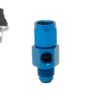
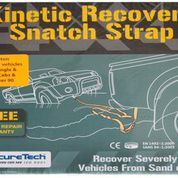


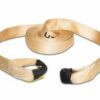
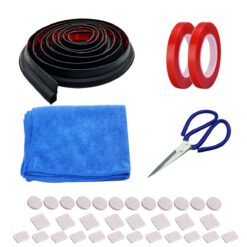
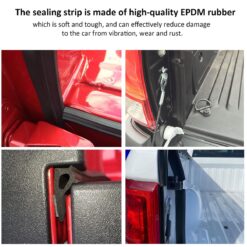

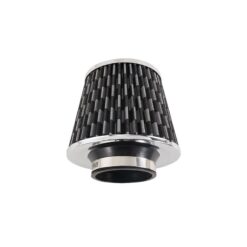
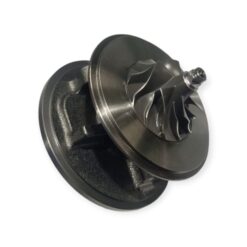
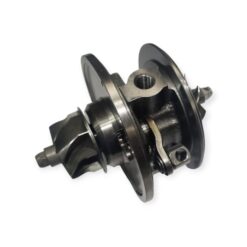
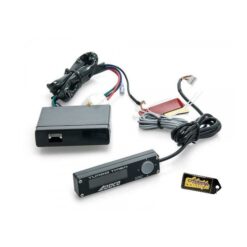
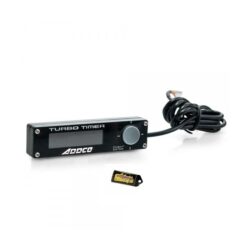


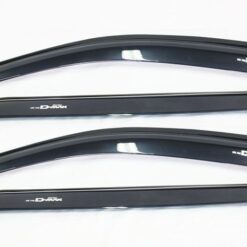

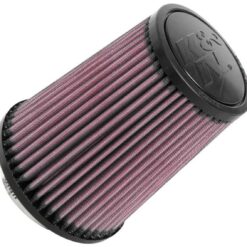
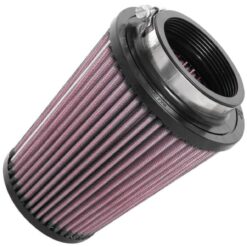
Reviews
There are no reviews yet.